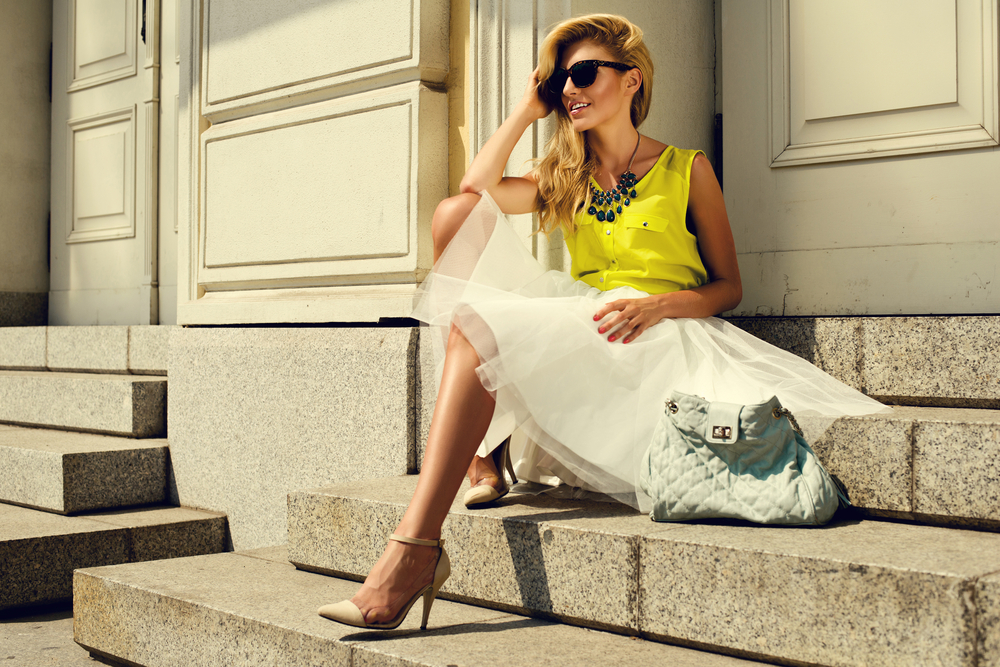
Introduction: The Art of modelling (or modeling)
In the world of fashion and photography, modeling is an intricate art form that requires skill, practice, and dedication. A successful photoshoot relies heavily on the capabilities of the model to portray specific emotions, create a desired aesthetic, and captivate the audience. Whether you're an aspiring model or a photographer looking to capture impeccable shots, mastering the art of modeling can be both challenging and rewarding. In this article, we will explore some essential tips that can elevate your modeling (or modelling) game and lead to successful photoshoots.
1. Confidence is Key
One of the most vital aspects of modeling is exuding confidence. Confidence can transform an average photoshoot into an extraordinary one. As a model, it's crucial to believe in yourself and your abilities. Confidence radiates through your expressions, body language, and overall demeanor, making a lasting impression in every photograph. Practice building your self-esteem through positive affirmations, maintaining a healthy lifestyle, and embracing your unique qualities.
2. Pose with Purpose
A model's poses can make or break a photoshoot. Mastering the art of posing is crucial for creating visually stunning images. Experiment with a variety of poses to discover your most flattering angles and expressions. Work on perfecting both static and dynamic poses, from the subtle to the dramatic. Developing a repertoire of poses will allow you to adapt to different themes and concepts effortlessly. Remember, every pose should have a purpose and tell a story.
3. Facial Expressions and Emotions
modelling is not only about poses and body language. Your facial expressions and ability to convey emotions are equally significant. An expressive face can add depth and intrigue to an image, bringing it to life. Practice in front of a mirror, experiment with different emotions, and learn to convey them naturally. It's essential to embody the mood or concept of the photoshoot to create a symbiotic relationship between your expressions, poses, and overall theme.
4. Body Language and Movement
modeling (by models) encompasses more than just striking static poses. The fluidity of movement is often a key element in enhancing the visual impact of a photoshoot. Understanding your body language and how it translates on camera is essential. Experiment with different gestures, walking or moving gracefully, and finding balance in your movements. Fluidity in motion adds an extra layer of dynamism to the final images, making them more engaging and memorable.
5. Communication with the Photographer
Collaboration and effective communication with the photographer are pivotal to a successful photoshoot. Before the shoot, discuss your ideas, concepts, and desired outcomes with the photographer. Understand the photographer's vision and ensure you are both on the same page. During the shoot, actively seek guidance, feedback, and constructive criticism. A strong partnership between the model and photographer can result in breathtaking images that showcase the essence of the intended message.
6. Wardrobe and Styling
The wardrobe and styling choices can significantly impact the overall look and feel of the photoshoot. Take the time to understand the concept and theme of the shoot and align your wardrobe accordingly. Experiment with different outfits, accessories, and props to enhance the visual storytelling. Collaborate with the stylist and photographer to ensure a harmonious blend of all the elements. Remember, your wardrobe should complement and enhance your natural beauty, not overpower it.
7. Practice and Experience
Mastering the art of modeling requires dedication and continuous practice. The more experience you gain, the more refined your skills become. Attend photoshoots, fashion shows, and casting calls to broaden your exposure and build your portfolio. Seek opportunities to work with different photographers, explore diverse genres, and push yourself out of your comfort zone. Embrace constructive criticism, learn from your mistakes, and celebrate your successes along the way.
Frequently Asked Questions
Q1: How can I become a successful model?A1: To become a successful model, focus on building confidence, practicing posing and expressions, and continuously improving your skills. Networking and creating a strong portfolio are also key steps in the path to success.
Q2: Can anyone become a model?
A2: While modeling offers opportunities to people of various shapes, sizes, and backgrounds, certain industry standards and requirements exist. It's important to research the type of modeling that suits your physique and focus on niches that embrace diversity.
Q3: How do I find reputable photographers to work with?
A3: Research reputable photographers by looking at their portfolios, reading reviews, and seeking recommendations from other industry professionals. Networking events and online platforms can also help in connecting with talented photographers.
Q4: What should I do if I feel nervous during a photoshoot?
A4: Feeling nervous is normal, especially if you're new to modeling. Take deep breaths, remind yourself of your abilities, and focus on the concept and vision of the shoot. Communicate with the photographer and ask for guidance to ease your nerves.
Q5: How can I maintain professionalism as a model?
A5: Maintain professionalism by being punctual, prepared, and respectful. Follow instructions, communicate effectively, and maintain a positive attitude throughout the shoot. Creating a professional reputation will open doors to more opportunities.
Conclusion: Embrace the Journey of Modeling
Mastering the art of modeling takes time, effort, and a willingness to continuously grow and learn. Confidence, versatile posing, expressive emotions, fluid body language, clear communication, and attention to wardrobe and styling are essential components of a successful photoshoot. Embrace the journey, celebrate your uniqueness, and be open to the evolution of your modeling skills. With perseverance and passion, you can create awe-inspiring and memorable images that leave a lasting impact on both the fashion industry and your audience.
Other useful resources